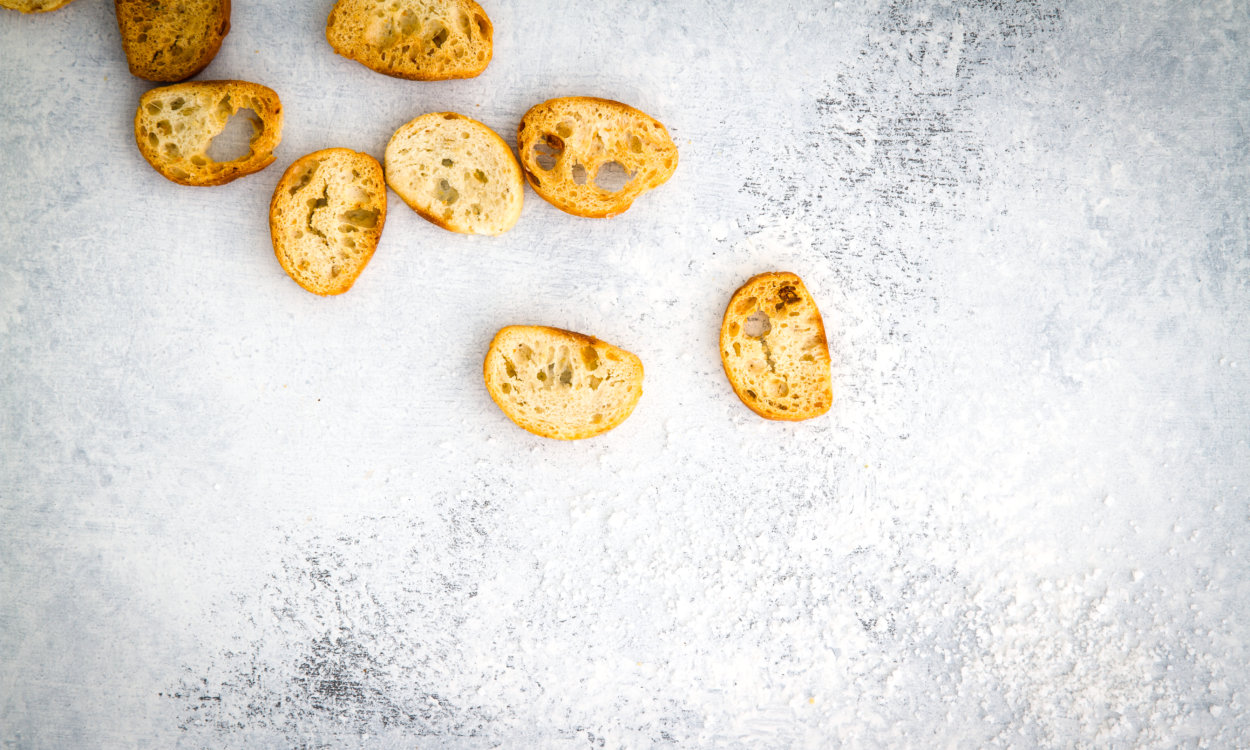Babies’ taste-buds form starting at the 9th week of pregnancy before even tasting solid foods, they’ll discover a world of tastes, smells, and textures, some of which they’ll like, others they’ll dislike. As time passes, they’ll develop their own list of taste preferences.
Welcome to the wonderful world of flavours!
Here’s a simple, fun activity to do as a family. It will help children learn a game to discover the 4 basic tastes. For ages 2 and up!
Learning the basic flavours
There are 4 basic flavours your children can learn and identify: sweet, salty, sour, and bitter. Scientists have long debated whether or not umami is also a flavor. It was eventually added as the 5th taste, described as a lasting, mild aftertaste that causes salivation. Taste buds located on the tongue, in the mouth, and in the throat allow us to distinguish all existing flavours.
Explain to your children that their tongue and the inside of their mouth can recognize tastes. Children aged 2 will be able to easily identify sweet and salty, and when children are older (about 4 years old), you can add sour and bitter to the activity.
The taste test
There’s nothing like a taste-test to help your children associate the 4 basic tastes with different foods. Prepare 4 plates (1 for each taste) with a few mouthfuls of foods. Here are some suggestions:
1. Salty:
Salted butter, saltine cracker, soy sauce.
2. Sweet:
Honey, maple syrup, square of chocolate.
3. Sour:
Pure cranberry juice, lemon slice, plain yogurt (slightly sour).
4. Bitter:
Unsweetened cocoa powder, endive, arugula, celery stick (slightly bitter).
Present your children with the pieces of food. Ask them to close their eyes and pick up a piece of food from the first plate. Since smell is closely associated with taste, have them smell the mystery food first. Remind them to take their time chewing in order to fully taste the flavours. Ask them to explain what they sense each time and identify the flavor associated with the food. Have your child drink a few gulps of water between each mouthful.
It’s important to participate in this workshop along with your child! This will help you to name the tastes with them and to direct the discussion. Initiating your children to basic flavours will help them to develop their tastes, calm fears when faced with new foods, and avoid the classic “I don’t like it” stated before they even try the food. They will also learn to spontaneously describe the food they eat.




